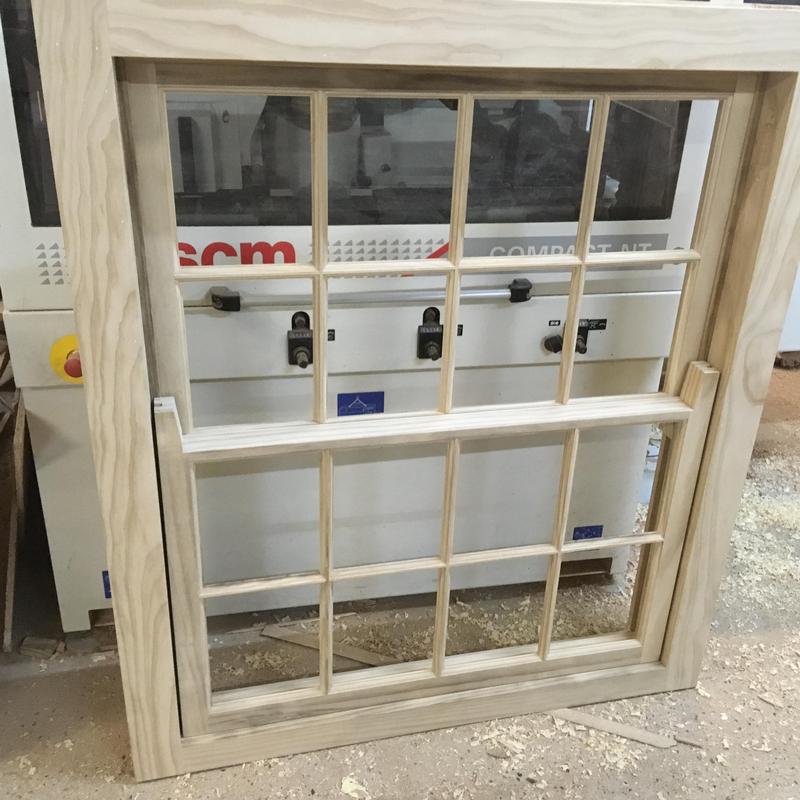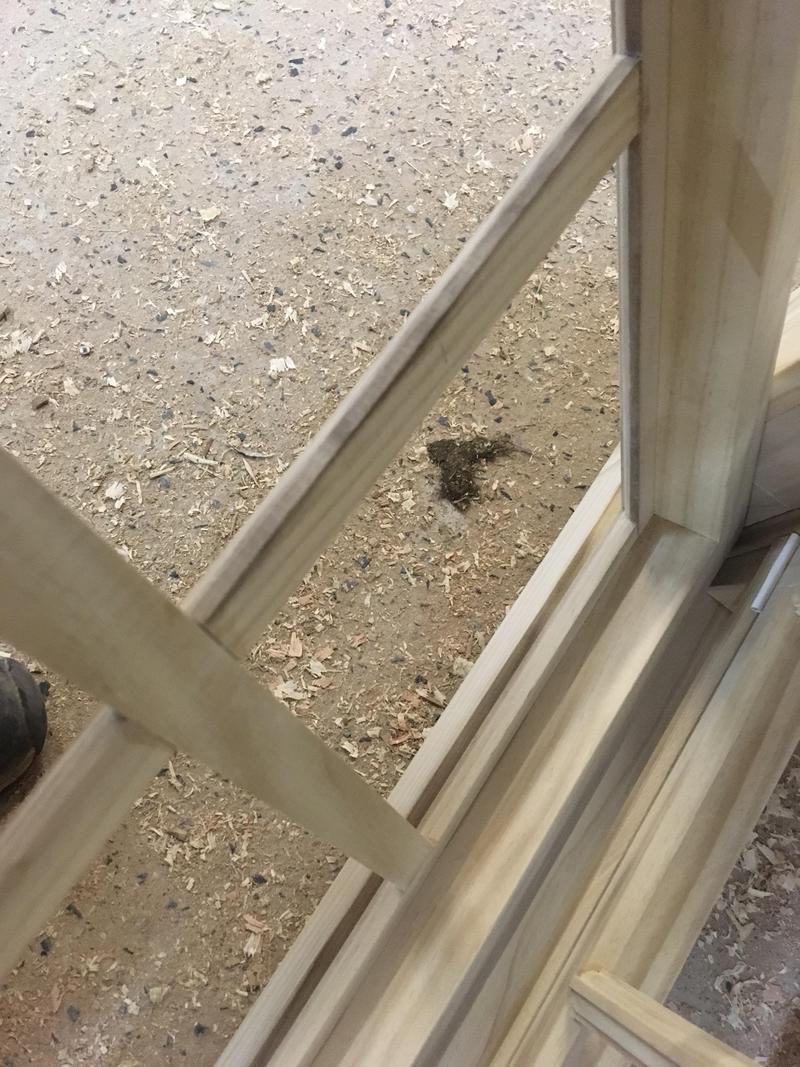thomashenry":3eaq8vcx said:
Good on you for attempting this. I would resist the wife's desires for DG, though I appreciate you've got to let them win sometimes. I've re-made several sash boxes in my house, where the cills and lower reaches of the stiles were rotten. All the sashes were more or less ok though... I stripped them, reglued, repaired where needed and re-painted (linseed paint

). In my experience it's fairly uncommon for the sashes to rot beyond repair. The top sash especially - I've never seen rotton top sash.
If it was up to me, yeah I'd keep the single glazing.
Good point about refurb vs full rebuild. They're absolutely covered in layers of plastic paint and the thought of trying to strip them mortifies me. It likely sensible for the upper sashes and inner box and surround though and 'refurbing' would keep me out of any building regs grief, I hope.
I got a sample of Accoya the other day. Had a legend printed on it saying measure, submerge in water for any length of time then re-measure. Tbh it feels sort of non-wood like. Almost like a lightweight ceramic of sort, or maybe somewhere between.


































